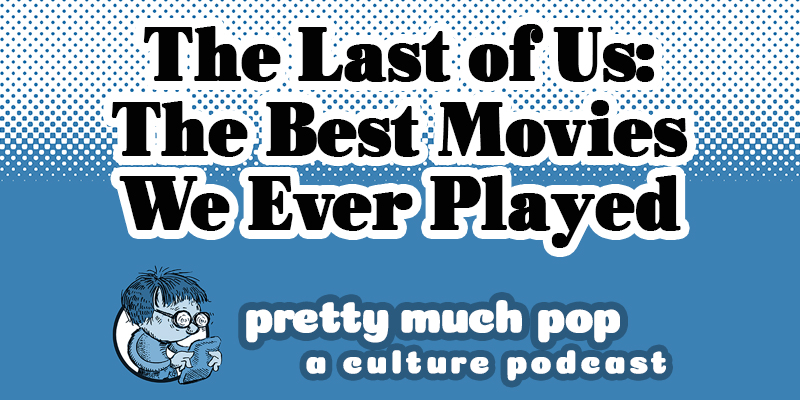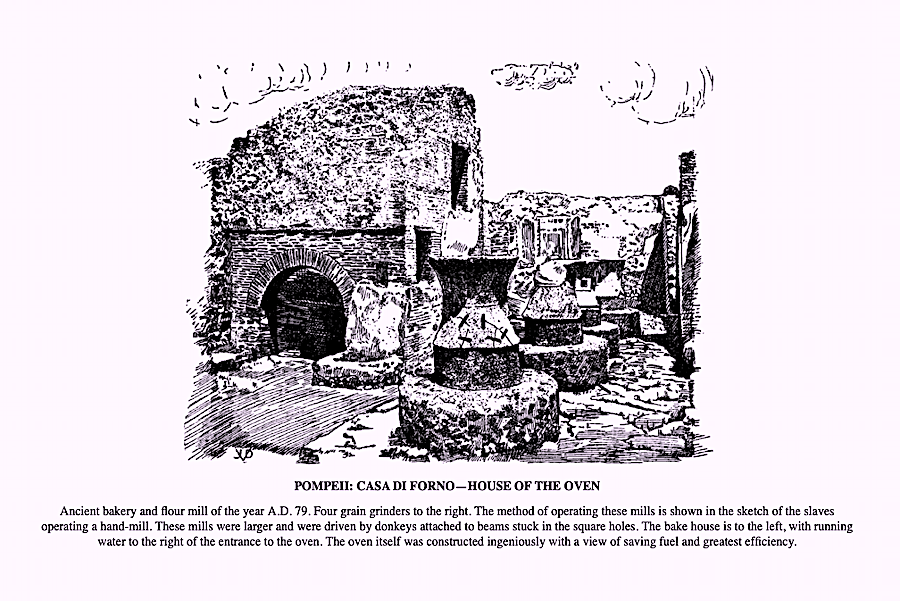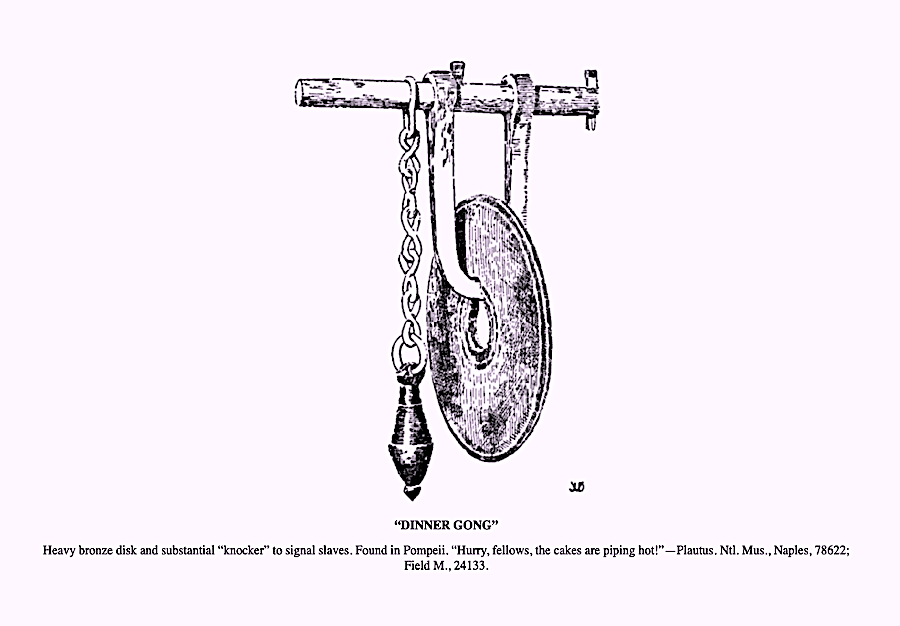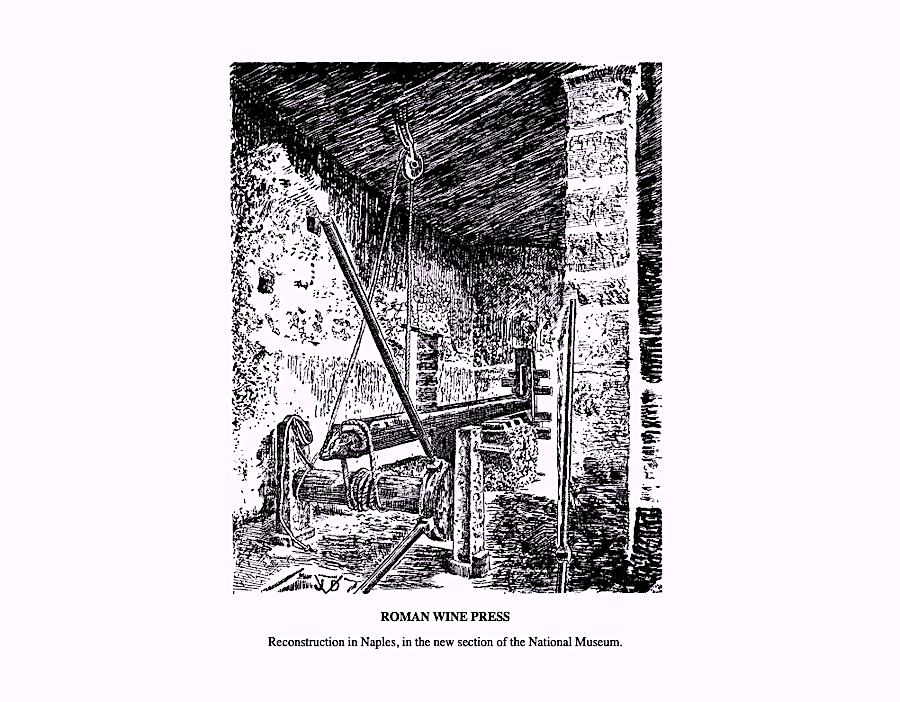In the 2005 PBS documentary series Do You Speak American? journalist Robert MacNeil traveled from fabled “sea to shining sea” to explore the mysteries of American English. Among the many questions he addressed at the time was the widespread idea that mass media is “homogenizing American language or making us all talk the same.” MacNeil, and the linguists he interviewed, found that this wasn’t true, but what accounts for the misperception?
One reason we may have been inclined to think so is that regional accents seemed to disappear from television and other media, as the country became more suburban, and middle class white Americans distanced themselves from their immigrant roots and from African Americans and working-class Southerners. Aside from several broad ethnic stereotypes, many of which also faded during the Civil Rights era, the more-or-less authentic regional accents on TV seemed fewer and fewer.
A rush of media in recent decades, however, from Fargo to The Sopranos, has reintroduced Americans to the regional varieties of their language. At the same time, popular treatment of linguistics, like MacNeil’s documentary, have introduced us to the tools researchers use to study the diversity of difference in American English. Those differences can be measured, for example, in whether people pronounce “R” sounds in words like “car,” a characteristic linguists call “rhoticity.”
In the past century, Ben Trawick-Smith of Dialect Blog writes, “American and British attitudes toward non-rhoticity diverged. Where r‑lessness was once a prestige feature in both countries,” representing in the Southern planter class and Boston Brahmins in the U.S., for example, “it is a marker of working-class or vernacular speech in 21st-century America (typical of the broadest New York City, Boston and African American Vernacular Englishes).” In the short film at the top, you can hear several varieties of rhotic and non-rhotic American English in the mouths of speakers from 6 regions around the country.
Presented by linguist Henry Smith, Jr. the 1958 documentary details the phonetic differences of each speaker’s pronunciations. Linguists use certain words to test for a vernacular’s phonetic qualities, words like “water” and “oil,” which you can hear further up in a far more recent video, pronounced by speakers from different states around the U.S. Regional speech is also measured by the choice of words we use to talk about the same thing, with one of the most prominent examples in the U.S. being “Soda vs. Pop vs. Coke.” In the Atlantic video just above, see how those different words break down according to region, and learn a bit more about the “at least 10 distinct dialects of English” spoken in the U.S.
Related Content:
A Brief Tour of British & Irish Accents: 14 Ways to Speak English in 84 Seconds
What English Would Sound Like If It Was Pronounced Phonetically
The Speech Accent Archive: The English Accents of People Who Speak 341 Different Languages
Josh Jones is a writer and musician based in Durham, NC. Follow him at @jdmagness









